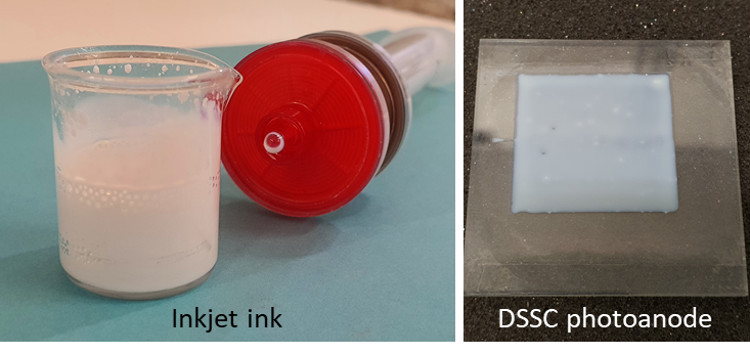RdS – High efficiency photovoltaic
Piano triennale di realizzazione 2019-2021 della ricerca di sistema elettrico nazionale. Project: High efficiency photovoltaic
Principal investigator: Alessandra Sanson
Involved personnel: Alex Sangiorgi, Nicola Sangiorgi, Linda Bergamini
Starting date: 2019
Duration: 36 months
Total funding CNR: 700.000 €
Action: Accordo di programma MiSE-CNR
Coordinator: Paola delli Veneri (ENEA), Massino Mazzer (IMEM-CNR)
Consortium: CNR, Università degli Studi di Padova, Università degli Studi di Parma
Official web site: http://www.ricercadisistema.it/#/
The main objective of the project is to overcome the most common issues which has so far prevented the Building Integrated Photovoltaic (BIPV) market from taking off contrary to utility-scale PV. The key point is the validation of a family of low-cost printing technologies for the manufacturing of semi-finished photovoltaic products to be incorporated in building components or other electrically-powered goods. The project idea is to start from two well-established manufacturing processes for thin film solar cells and modules, one in the field of Dye Sensitised Solar Cells (DSSCs) and one related to inorganic thin-film solar cells, and to introduce new innovative process steps designed to close the gap with respect to the mainstream crystalline Silicon technology in terms of performance, costs and manufacturability. This could unleash the numerous potential advantages of thin film technologies over the conventional flat panels in terms of flexibility, lightness and seamless integrability in electrically-powered products and building components. The project is divided in three work-packages.
The first one (WP1) is devoted to the development of the new technological steps and to their incorporation in the existing manufacturing processes, fully developed by the CNR. The activities research are focused on i) DSSCs technology (single cell and modules), ii) on innovative processes for thin films solar cells (to demonstrate a low-cost route to the preparation of high efficiency tandem cells obtained by depositing wide gap thin film solar cells on “state of the art” crystalline Silicon solar cells) and finally on iii) the newly developed thin film solar cells with thin film batteries in order to explore the synergies between the two functions in an innovative BIPV device.
WP2 and WP3 will provide important support to the activities of WP1 in terms of design and test of the thermal properties of the modules in view of their application in the built environment (WP2) and in terms of deep electrical and optical testing of all the PV devices fabricated during the project (WP3). This project is complementary to the activity carried out by ENEA within the same thematic area.

Publications
- J. Yus, Z. Gonzalez, A.J. Sanchez-Herencia, A. Sangiorgi, N. Sangiorgi, D. Gardini, A. Sanson, C. Galassi, A. Caballero, J. Morales, B. Ferrari, “Semiconductor water-based inks: miniaturized NiO pseudocapacitor electrodes by inkjet printing”, Journal of the European Ceramic Society, 39 2019 2908-2914.